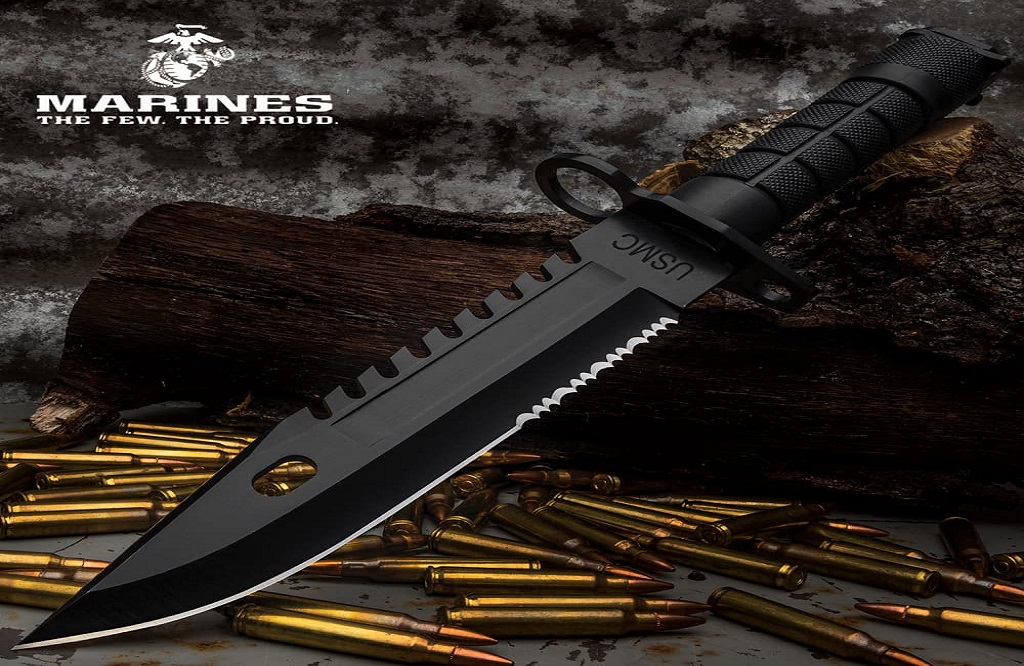Broadly speaking, a bayonet is an edged weapon intended to be mounted at the muzzle of a gun and used as a close-quarters weapon, as well as a backup should the firearm malfunction or run out of ammo.
Modern bayonets are also intended to be used as multi-purpose tools, as will be covered here. The following are a few different types of bayonets you might encounter.
Plug Bayonets
Plug bayonets constitute the earliest designs and were intended to be pushed directly into the muzzle of a gun. As a result, the gun could not be fired while the bayonet was fixed.
This style is no longer in use and is so primitive that its use was abandoned before the world even turned to breech-loading arms. Only the earliest bayonets were plug versions and they were intended to be used with slow-loading muzzleloading arms. Naturally, as a result of their shortcomings they were replaced relatively quickly after their inception.
Socket Bayonets
One of the next iterations of design was the socket bayonet, which affixed to the muzzle via a socket that could be rotated and locked in place so as to secure it.
Most of these designs set the bayonet offset from the muzzle, either to one side or beneath it, so that it would not interrupt with the firing of the gun.
Lug Bayonets
Modern models affix to the muzzle or near it via a locking lug that secures them. These are the sturdiest by design as they cannot be removed once fixed except by a deliberate action.
Many modern designs, like the M1 that was designed for the Garand rifle, affix via a locking lug, as do most other modern models.
Sword Bayonets
Early modern bayonets were mostly sword styles, with reaches well over a foot. Some, like the M1905 that was designed for the M1903 Springfield and later adapted to the Garand, had a blade length of a full 16 inches.
The thinking behind the sword style was that it gave a user a tactical advantage in the field, especially when facing foes who were likewise equipped, since the extra length afforded greater reach.
This may have been true to an extent, but the trench warfare that predominated in the Western Front of World War One quickly changed that paradigm, and the excess length of sword bayonets quickly became a liability in cramped quarters – so they were ultimately superseded by knife-style models.
Knife Bayonets and Modern Multipurpose Variants
After it was determined that shorter models would perform better in cramped quarters, knife bayonet designs predominated. For instance, the M1905 was cut down and reissued as the M1 for the Garand; it was like the M1905 in all other respects but for its shorter blade.
These shorter knife-style models handle better in closer quarters and are often designed to fill more than one role. Many of them can be removed from the rifle and carried as a combat knife or used for general utility, as in the case of the M7 and M9.
Also, modern variants are more akin to fighting knives than classic bayonets, and some, like the M9, can be attached to their scabbards and used as wire cutters, and have sawback spines to add to their utility.
Where to Shop Replicas
Interested in learning more about the types of bayonets out there, or in getting a high quality replica of a historically significant model like the Garand’s M1 or the Enfield’s P1903? Take a look at what’s in stock over at BudK to get some inspiration. They carry a wide variety of designs; get some ideas there and round out your collection today.
For more information about Sword Cane and Machete Knife Please visit: BudK Worldwide Inc.
